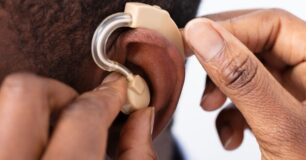Conclusion
The review found that hearing-impaired people in custody are not always identified or catered for in Western Australian custodial facilities. While identification processes have improved with the introduction of the Functional Impairment Screening Tool (FIST), the number of hearing-impaired people identified by the Department remains low when compared to research on similar cohorts. The Department …
Read moreBackground
Around 3.6 million people in Australia experience some form of hearing loss (Department of Health and Aged Care, 2022). Hearing loss may be temporary or permanent. Loss can be experienced as part of the ageing process, may already be present at birth, or may be acquired due to an illness or exposure incident. The severity …
Read moreKey findings
Systems are in place to identify hearing impairments, but identified individuals remain low The Department has identified relatively few people in custody with a hearing impairment or disability. While processes are generally in place to identify hearing-impaired individuals, various system limitations and process breakdowns have resulted in few being identified. The introduction of a functional …
Read moreRecommendations
Recommendation 1 Review the findings of the inquest into the death of Mootijah Shillingsworth and consider changes to medical induction processes to improve identification of chronic middle ear infections in at-risk populations. Recommendation 2 Review Disability Coordination Team referral processes and address feedback loop error from Health Services. Recommendation 3 Expedite development of a well-resourced …
Read more


